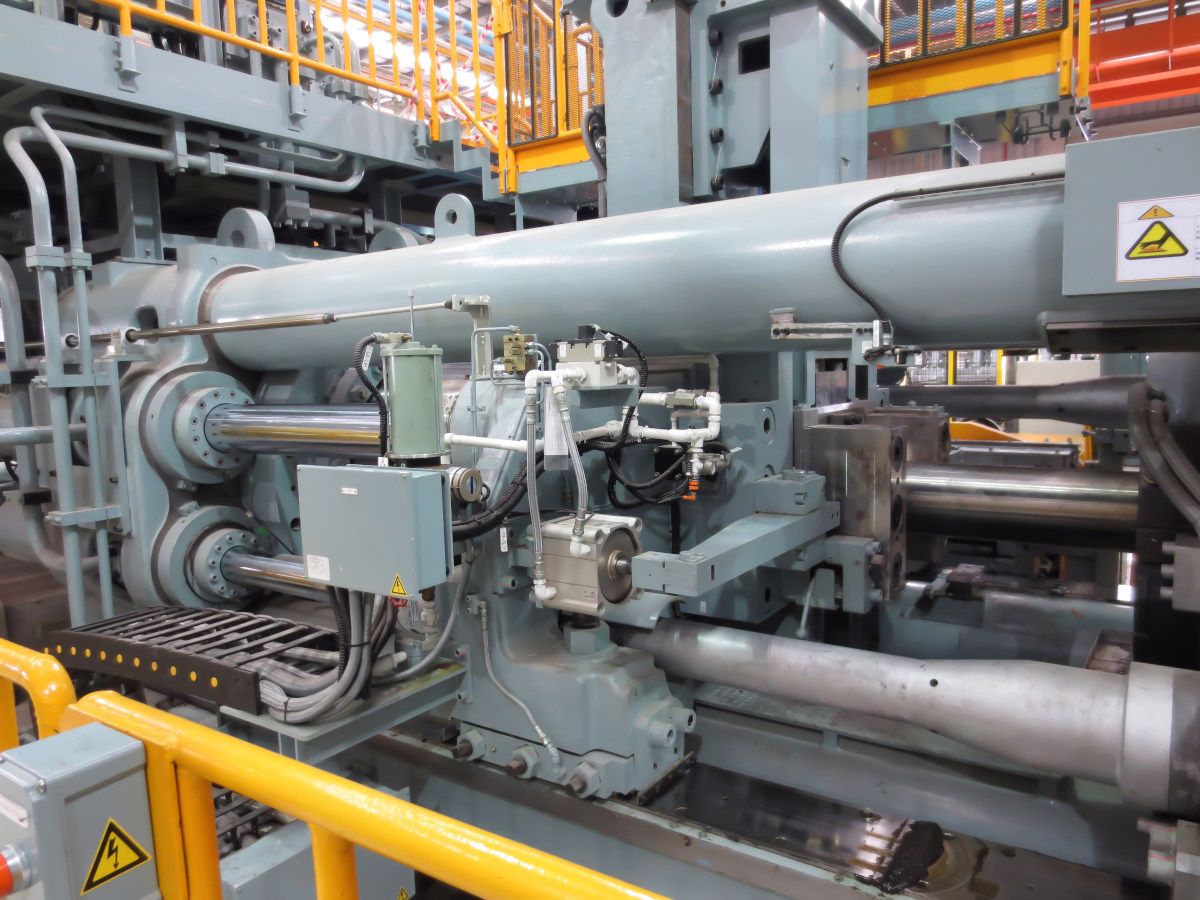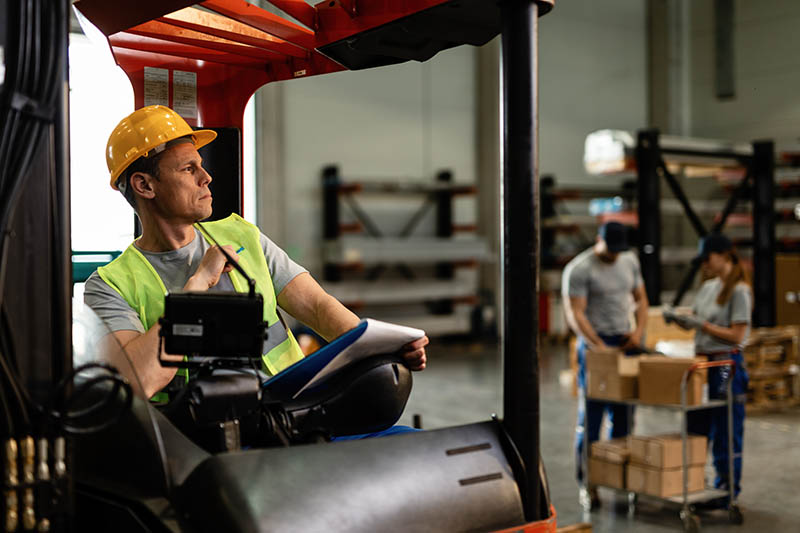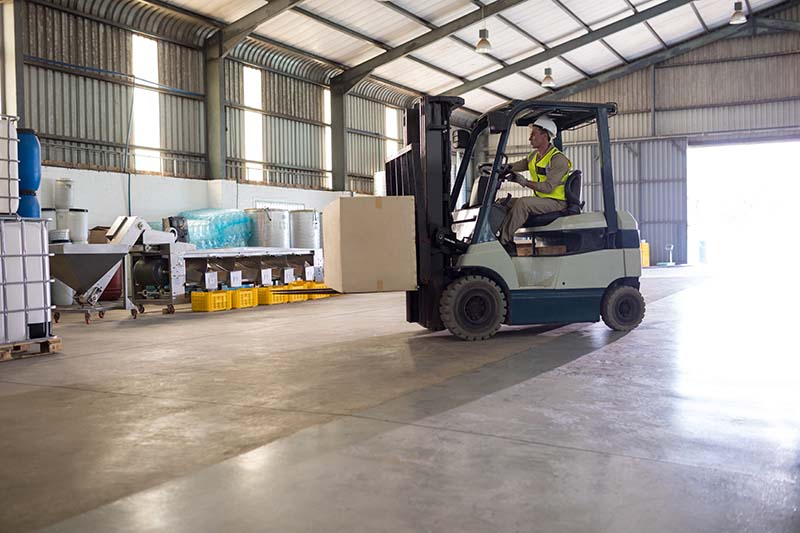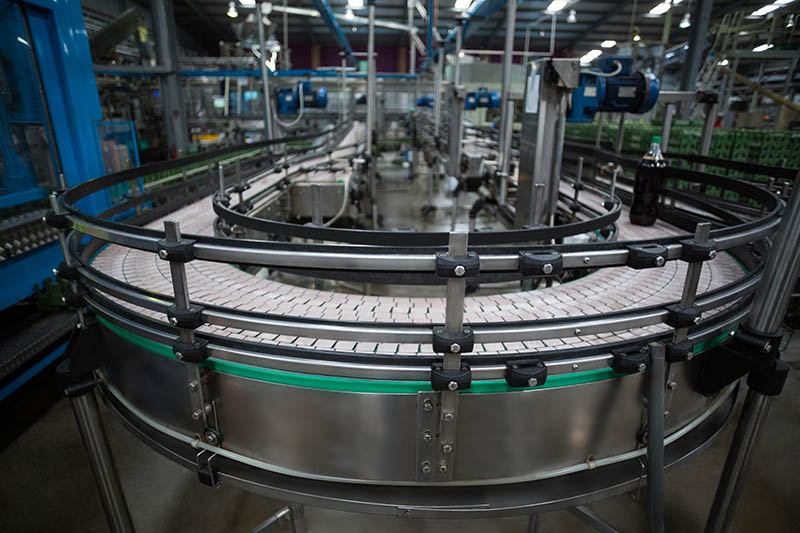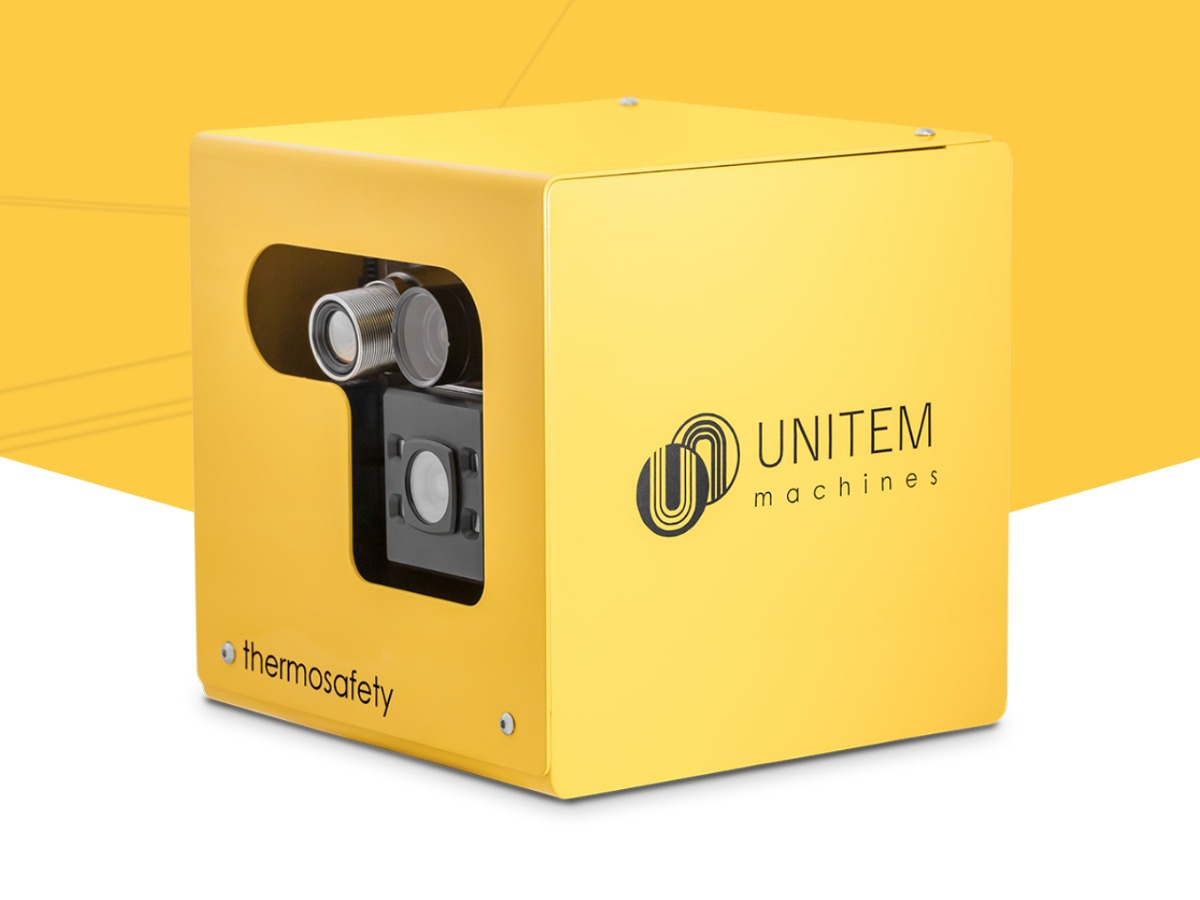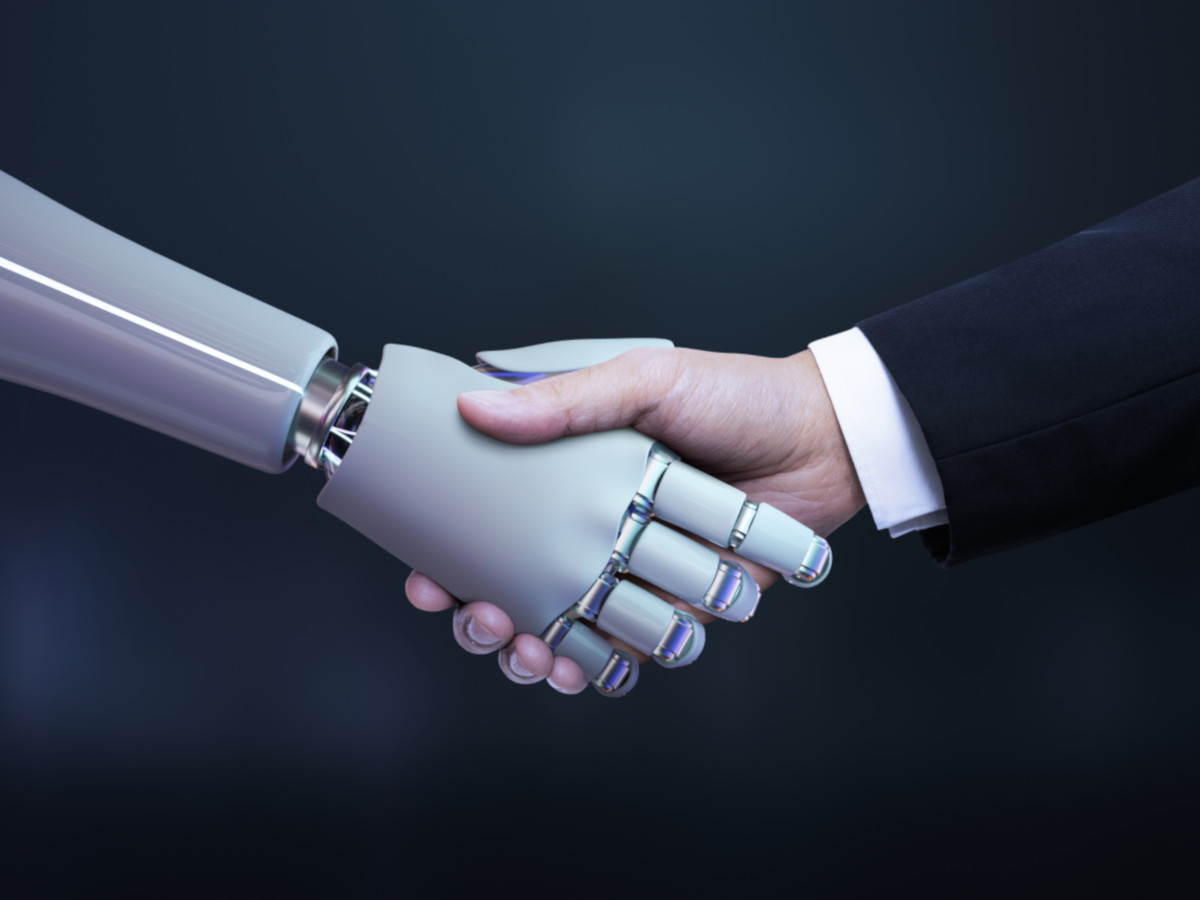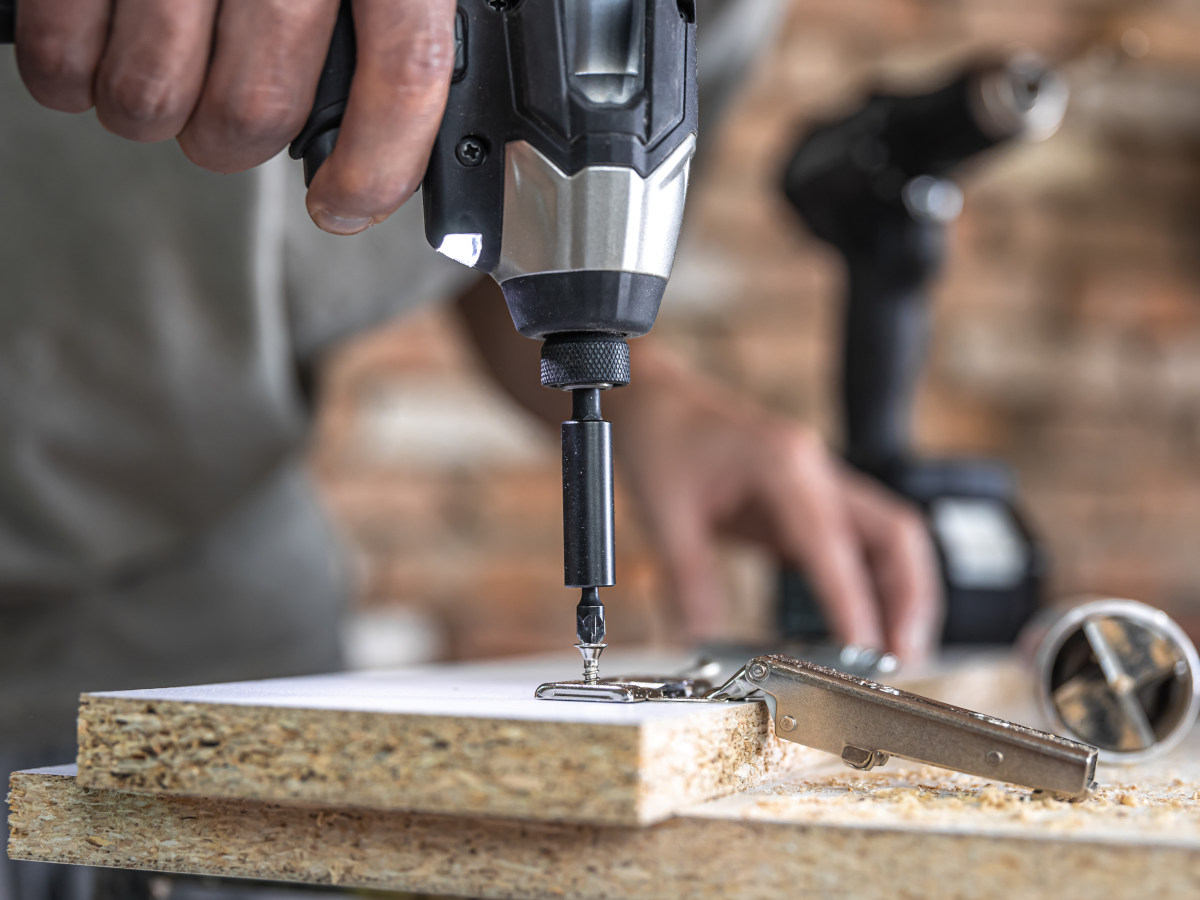It is important to reduce the structure’s weight while maintaining the strength parameters in the modern construction business. Aluminum is an ideal material in this regard, combining lightness and strength. With the right processing method, aluminum can be given any shape.
Aluminum profiles in the construction industry are used in:
- erecting skeletal structures (e.g., structures next to production halls, which can be used as an additional workspace during the summer),
- erecting all kinds of lightweight structures (partition walls, suspended ceilings, partitions or gates, on which plasterboard or building boards are set),
- production of window and door joinery components (e.g., installation of slats and profiles made of brushed aluminum allows for a smooth, uniform, and aesthetic surface),
- modern designs combining metal and glass.
Manufacturing process and tools used
Extrusion
A direct melt extrusion process is used to manufacture aluminum profiles. Most often, it is done by fully automated extrusion process lines. The essential part of such production lines is a hydraulic press. The comprehensive rework process makes it possible to obtain the desired and complex profile shape in just one technological operation. Manufactured profiles are characterized by high mechanical properties, high dimensional accuracy, suitable chemical composition, and high quality of the external surface.
Most often, in modern production plants, an aluminum extrusion line includes a batch heating furnace with a loading ramp and saw, a press with a feeder, a run-out table with water-air cooling several tens of meters long, an end saw with an automatic stacking system, and an aging furnace with a roller conveyor and a conveying system.
Painting
Every advanced aluminum powder coating plant uses a series of innovative equipment and workstations that form one cohesive process line. Among its most important elements are:
- a profile hanging station – consisting of a shunting table;
- a conveyor system;
- a chemical processing tunnel;
- a combined construction of a dryer and polymerization oven;
- a spray booth, in which painting takes place;
- a profile unloading station – consisting of a shunting table;
- other supporting equipment/stations (e.g., heat recovery systems, demineralized water station, supply and exhaust air handling units, sewage pumping station, compressor room).
The powder coating process makes aluminum profiles more durable and qualitatively better.
Anodizing
The aluminum anodizing process is designed to make the raw material more durable, hard, resistant to corrosion and abrasion. Moreover, the metal gets a different color in the process, so it gains a decorative character. The anodized layer is almost invisible. The surface of aluminum after the anodizing process becomes smooth, shiny and requires no special maintenance. The anodizing process is divided into several sub-processes, including degreasing, rinsing, polishing, brightening, anodizing, coloring, sealing.
Prefabrication
One of the last types of technological processes for manufacturing aluminum profiles is machining using CNC tools. This makes it possible to give additional functionality to the profiles and enable their use in many market segments.
The scope of prefabrication of aluminum profiles most often includes:
- Cutting processes (precise, at an angle).
- CNC machining (drilling, milling, threading).
- Machining on excenter presses (punching holes and shapes).
Safeguards used
The production of aluminum profiles is a process involving many specialized elements. Thus, it requires the use of advanced, efficient and effective equipment and workstations. In the case of the equipment/stations mentioned previously, the most commonly used safety systems include: guards for machinery and moving parts, physical fences and walls, emergency stop systems, warning signals (light and sound), scanners, light curtains, and various types of safety interlocks (limiting switches), or at least LOTO-type systems.
Case study: how Thermosafety can improve the effectiveness and safety of aluminum profile production?
Case description: rollers with carts, on which hot profiles are lined up, are constantly moving on the run-out table that is used for cooling hot profiles. The machine is safeguarded by a gate.
The problem: the employees have to get on the rollers sometimes. To do so, they should open the gate. Nevertheless, sometimes It happens that they go over it (the system gets “cheated”). As a result, they may be hit by the cart. Unfortunately, there is no way to increase the height of the gate – the manufacturing process requires constant manipulation over it.
The solution: installing a human recognition system such as Thermosafety would eliminate the risk of an accident when an employee does not open the gate but walks over it. Our safety system would stop the machine or slow it down when it detects a human in its work area. Such responsiveness is beyond the capabilities of the physical safety barrier, for example, a gate.
Other advantages of Thermosafety safety system
Thermosafety is a flexible system supporting smooth production processes and enhancing production line workers’ safety. It allows for defining different working areas (virtual safety zones) with customized responses of warning systems, and alarms and matching them to the selected production workstation and its process requirements. For example, human entry into zone A may slow down the machine, into zone B: stop it, and entry into zone C will trigger an alarm signal.
As a result, service work or the production process can be carried out without interruptions and safer. This is possible because Thermosafety eliminates situations where a worker is accidentally locked inside a production workstation or a machine. If a human is detected in the designated safety zone, the machine/production line will not start.
In addition, the system is equipped with a event logging feature. When a dangerous situation occurs, a specialist can analyze the footage and improve the company’s production and/or safety processes.
